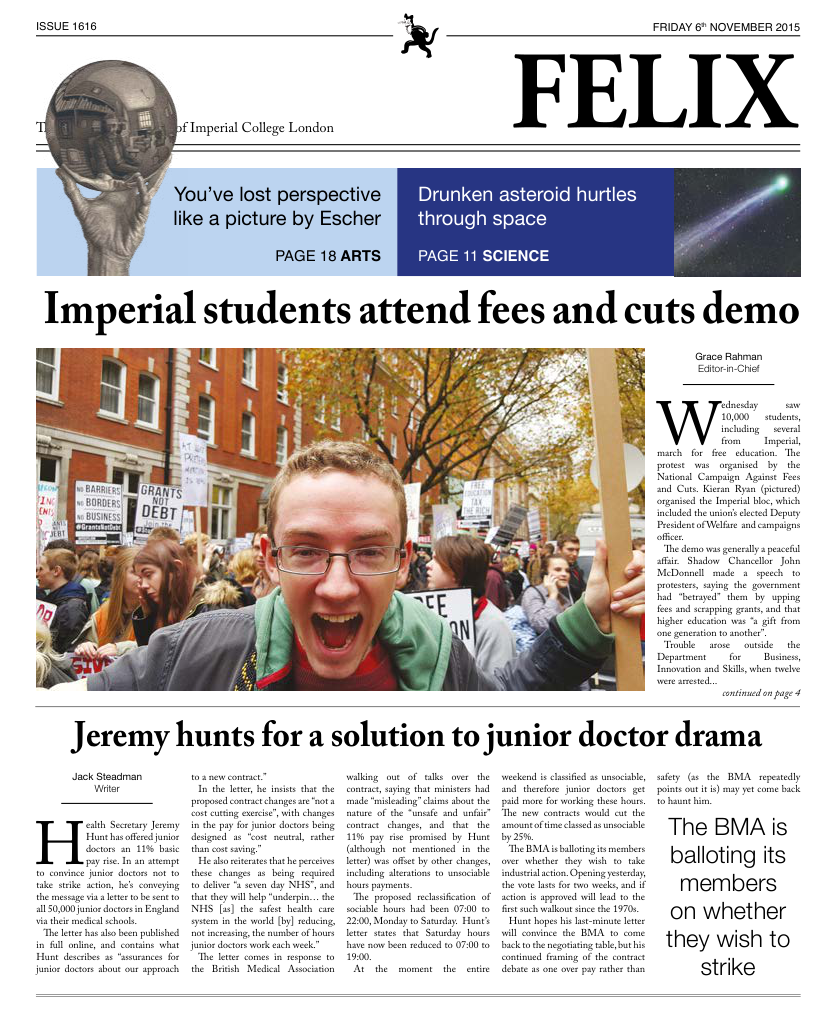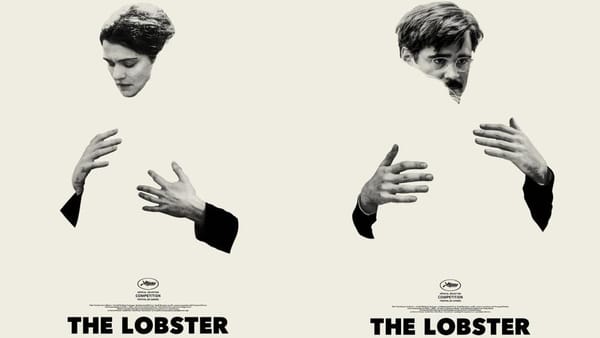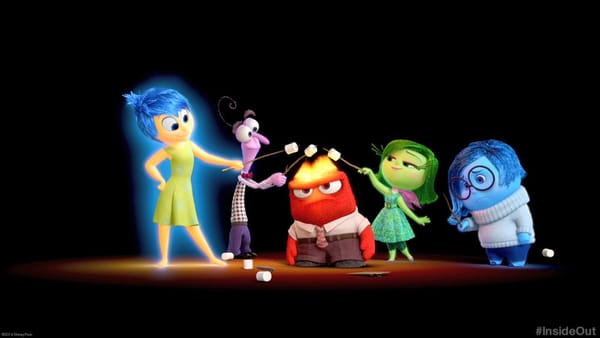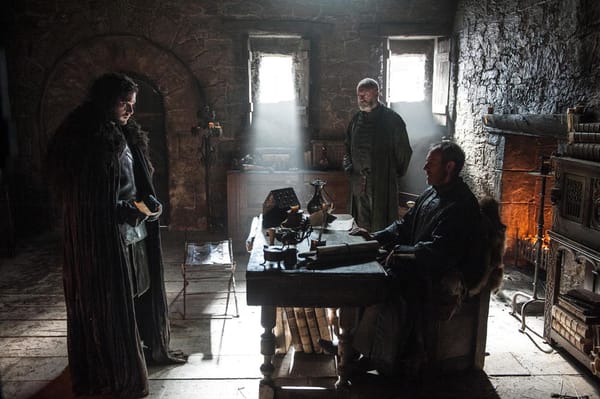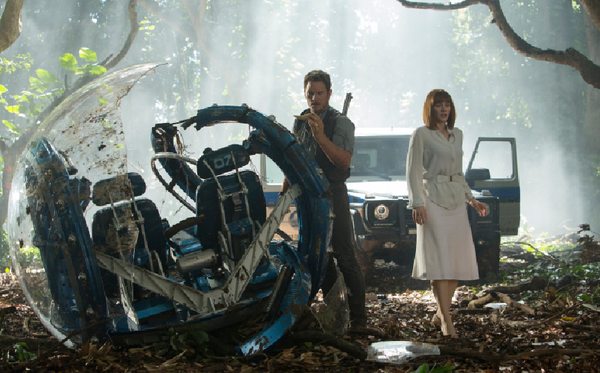Jafar Panahi is a rebel with a cause
Taxi Tehran is a defiant, bold work which runs circles around the censors
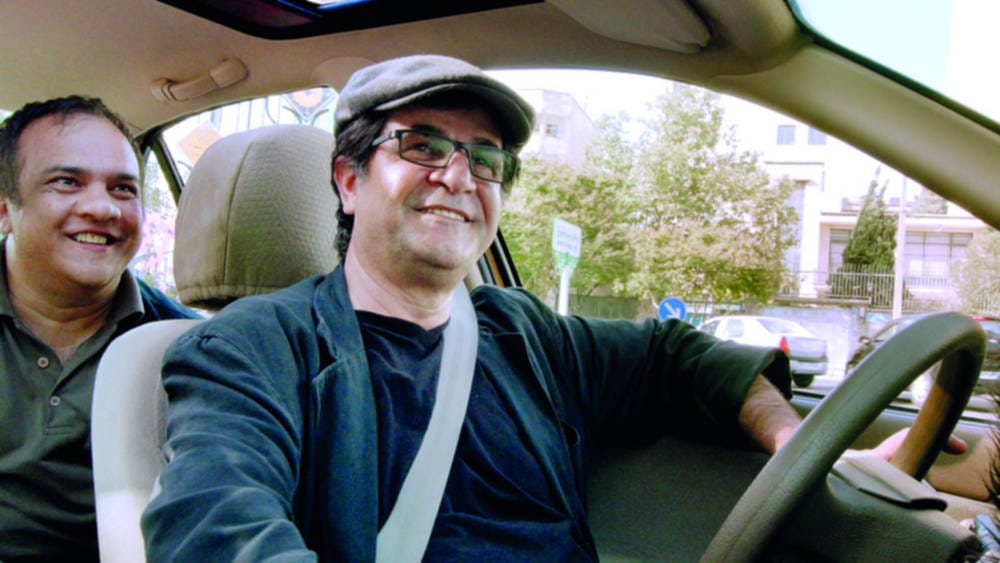
Any piece on the work of Iranian director Jafar Panahi cannot really start anywhere else than on the 20th December 2010, the day Panahi was convicted for ‘assembly and colluding with the intention to commit crimes against [Iran’s] national security’.
The conviction, which was in direct response to his films – described by the Iranian government as ‘propaganda’ – has left Panahi with a 20-year ban on directing. Keen readers may have noticed that since then a number of films have come out bearing his name: This Is Not a Film in 2011; Closed Curtain in 2013; and now Taxi Tehran, an uplifting, beautiful work which ranks among Panahi’s best.
Taxi Tehran continues in the vein of Panahi’s previous works. Rather than stop making films, he seems to have begun twisting the very definition of cinema itself. This Is Not a Film, as the title may suggest, critiqued the very institution and process that is film-making. It features Pahani reading scenes aloud from the movie he would have made. Closed Curtain, a much more complex tale, features the breakdown between fact and fiction, as Pahani makes a rogue appearance into the fictitious narrative as himself.
The sheer joy of filmmaking shines through Panahi’s lens
In Taxi Tehran, Pahani gets behind the wheels of a taxi, taking to the streets of Tehran to ferry around an array of characters. Filmed in real time, the film poses a number of questions about what is real and what is fake. It is possible that all the passengers were actors; or perhaps only some were in on the game, the rest being unwitting bystanders. The lack of a proper set of credits, done presumably to protect the identity of those involved in the film, only deepens the confusion – the only character we know by name is Pahani’s niece Hana, who picked up the Golden Bear at the Berlin Film Festival on behalf of her uncle, who is forbidden to leave the country.
Like all of Panahi’s films, Taxi Tehran takes a roundabout way of critiquing Iranian society, placing the forbidden opinions into the mouths of the Iranians themselves. There’s the argument between passengers about whether thieves should be executed for their crimes, which ends up taking on a comic turn; there’s the woman whose husband has gotten into an accident which, if proving fatal, will leave her destitute since women cannot inherit property; and there’s the human rights lawyer Nasrin Sotoudeh, persecuted for going against the regime, who discusses with Panahi the very-real case of Ghoncheh Ghavami, a SOAS graduate imprisoned for protesting in favour of equal access to sporting events.
These are all real issues, whether those discussing them are fictitious or not, but the real core of the film lies in the time Panahi gives to explore the issue of filmmaking within Iran. One of the most interesting characters within the film is the bootleg DVD seller whom Pahani ferries around as he makes sales of Kurosawa films. There is little doubt that a number of the films he carries have been banned – an idea reinforced by the CD seller who approaches the car hawking prohibited music – and his repertoire probably includes a number of Panahi’s films. Certainly, the seller has no problem in recognizing Panahi, despite his incongruous position in the front of the taxi cab.
The bootlegger is also probably the only way people within Iran can see Panahi’s films, which have been banned. Putting him in the same car as Pahani is a stroke of genius, an ironic twist of the knife that is both humorous and crushing. Similarly, Pahani’s niece Hana, an aspiring filmmaker herself, takes time to explain rules that accompany her school project to make a short film: no ties, no men and women conversing, and no ‘sordid realism’. When she asks what such a claim means – indeed, such an idea only reinforces the claim most children have that all adults are mad, stupid, or both – Pahani explains, with a smile, that she would not be allowed to include footage of what his passengers have said against the regime, footage that has been captured by his three hidden cameras.
Such messages may seem to portray Taxi Tehran as a film that is bleak, if not depressing – this could not be further from the truth. While Pahani’s situation in Iran is indeed dire, the sheer joy of filmmaking shines through the lens. Indeed, we start the film with a long shot from the front window of the car as Pahani drives through the streets of his beloved Tehran; as the camera moves along the roads, taking in a view of the capital that seems so far removed from the image television series such as Homeland enforce in our minds, we can sense the pure energy, the joie-de-vivre that Pahani obtains from filmmaking.
Political without being pushy, serious without being dour, Taxi Tehran deserves to rank among the best of Pahani’s work, and – by extension – is probably one of the best Iranian films of recent times. The film ends on an ambiguous note as masked men break into the car – whether to steal it or to destroy the recording equipment is unknown. This alone is not enough to sully the impression the film leaves on its audience, one that can best be summed up in the image of Pahani’s wry smile in the face of extreme oppression.
Taxi Tehran is out now on limited release.


